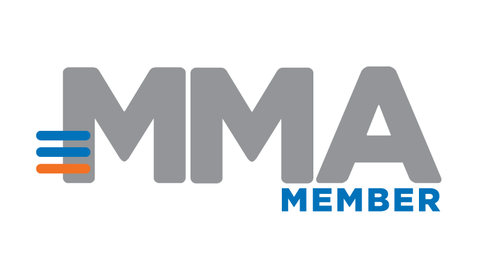January 16, 2006
Open Deck Prospects
Carriers are starting to resuscitate their mobile Web browsing with better user interfaces and easier navigation.
Wireless Week
By Sue Marek
December 15, 2005
View Direct Link to Article HERE
It's been more than six years since the industry began tossing around the phrases "wireless Web" and "mobile Internet." When the wireless Web was in its infancy, many companies focused their development dollars on designing wireless Web portals because they thought consumers would be spending time browsing the Web on their mobile phones. That concept was quickly stalled by slow network speeds, complicated user interfaces and platforms such as WAP 1.0.
Instead, carriers decided to make mobile content more accessible by designing decks where popular content would be listed and categorized, and consumers could access the content through a series of scrolls and clicks. Now, that top-deck philosophy is starting to change, and mobile browsing is experiencing renewed interest. Cingular Wireless recently relaunched its Media Net service, giving the company's approximately 30 million customers with Media Net-capable phones faster, easier access to information and entertainment services. The company touts the consumer's ability to access content in only one or two clicks.
Verizon Wireless also enhanced its Mobile Web 2.0 offering in November by adding more content to its lineup. Mobile Web 2.0 can be self-provisioned; customers simply register for Mobile Web 2.0 on their Mobile Web-capable handset and get access to information and content right from their wireless handsets. Mobile Web 2.0 is available for $5 monthly access, plus airtime.
Efforts to improve the user experience are getting noticed. "Operators are still trying to figure out how to get their consumers to access data content via the user interface," says Suzzana Ellyn, senior analyst, wireless services for Current Analysis. "The Cingular announcement is a step in the right direction."
Eliminating Silos According to Jim Ryan, vice president of consumer data products at Cingular, the carrier realizes it has limited its subscribers by trying to structure content and drive users to certain silos of content with menus. With the new Media Net approach, Cingular is treating the mobile phone like a personal computer. Similar to how consumers have their favorite applications and Web pages on their desktop, Media Net lets users create their own top deck of content. If someone wants to put Google or Yahoo! on their top deck, they can.
Eliminating those silos of content is a sign that operators are making the mobile Web experience more consistent with the PC experience. "Although this is rudimentary compared to Web standards, I haven't seen any other carriers with a willingness to let subscribers customize their experience," says Mark Donovan, vice president of products, senior analyst at M:Metrics.
Not only does this give consumers more freedom to find the content that they want, it also opens the door to more specialized and even local content. The local angle is key because most people want local news or local sports team scores. For now, Cingular is using its billing records to upload subscriber's ZIP code information, or users can key in a ZIP code if they are in a different city. However, Ryan says, the company envisions being able to tie in this application with location-based information so that subscribers can get specific city information when they travel.
Media Net uses a backward-compatible WAP 2. 0-based platform developed by InfoSpace. According to Steve Elfman, executive vice president technology and operations at InfoSpace, working with Cingular on Media Net was a huge endeavor for the company. "It's a WAP-based platform that we have made as easy as possible for the consumer," Elfman says.
More Opportunities Not only is Media Net a plus for consumers, it also may be a boost for content providers because it gives consumers better access to a wide variety of content, not just that which resides on the operator's top deck. Game publishers or content aggregators that have content with a niche appeal now will be able to find an audience for their content without having to worry about whether they can secure top-deck placement. "Content providers can offer more specialized content," Ryan says. "As long as it's good content that is relevant and can find an audience.:
”Opening up the opportunities is important because content providers without access to the top deck haven't had much success with their content. "Deck placement has been the whole enchilada," Donovan says. "Consumers that have a trusted provider of content that isn't on the carriers' top deck could not put it on their deck."
The time is right for Cingular to make this move because traditional operators soon may face increasing competition from high-profile MVNOs such as Amp'd Mobile and Helio that may embrace a more open approach to mobile content, Donovan notes. "Based on the markets these MVNOs are going after and their philosophical approach, they may give consumers more freedom with content. This is a good move for Cingular to get ahead of that curve."
Unraveling the wireless Web is no small feat for operators. Although the current iterations such as Media Net and Mobile Web 2.0 are steps in the right direction, figuring out exactly how to structure content so that consumers get the information and entertainment in an easy manner no doubt will be an ongoing endeavor.<?xml:namespace prefix = o ns = "urn:schemas-microsoft-com:office:office" />

